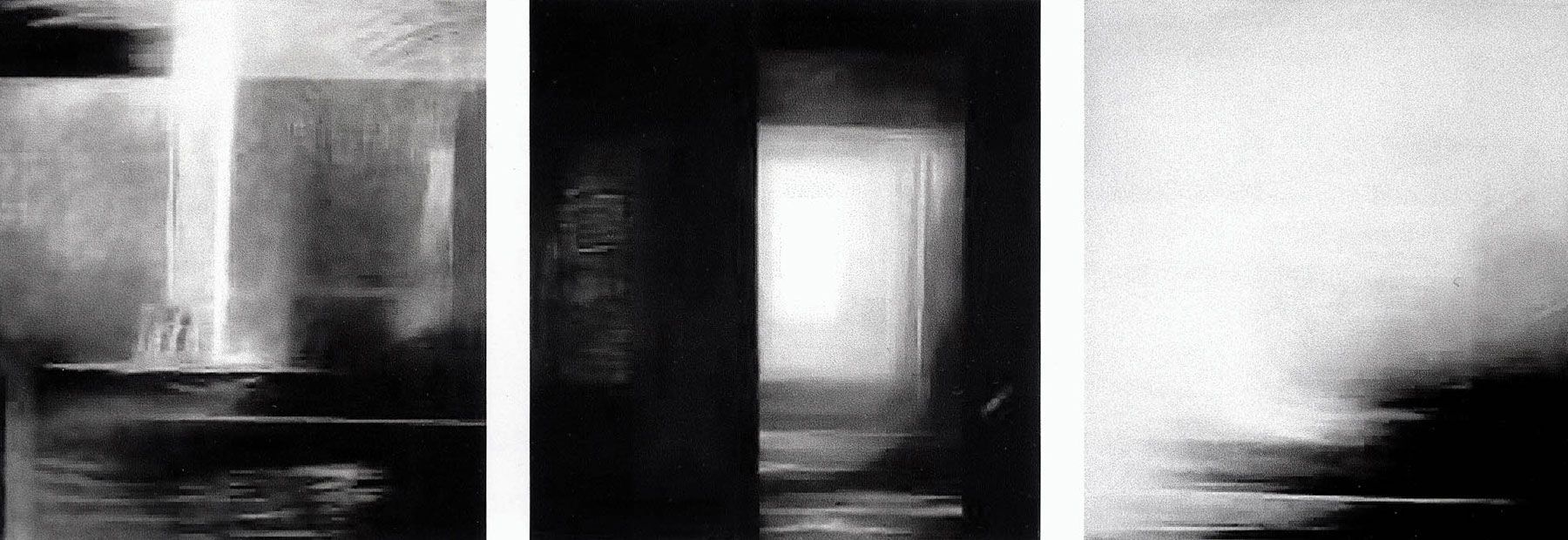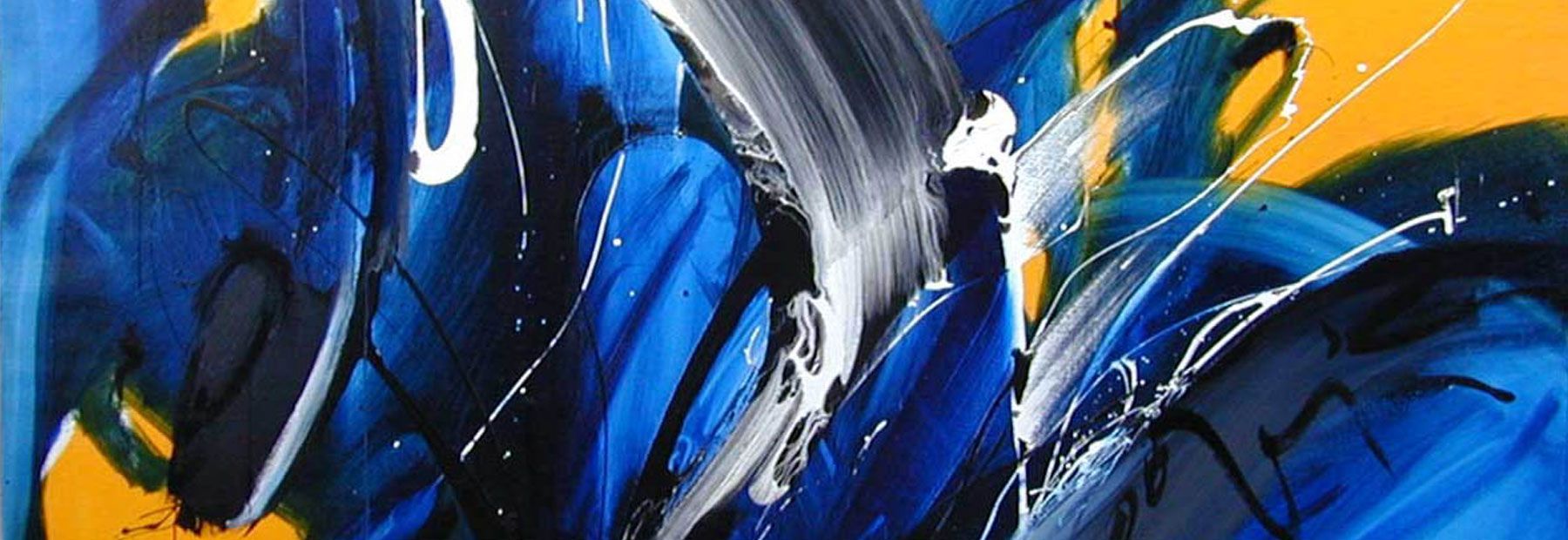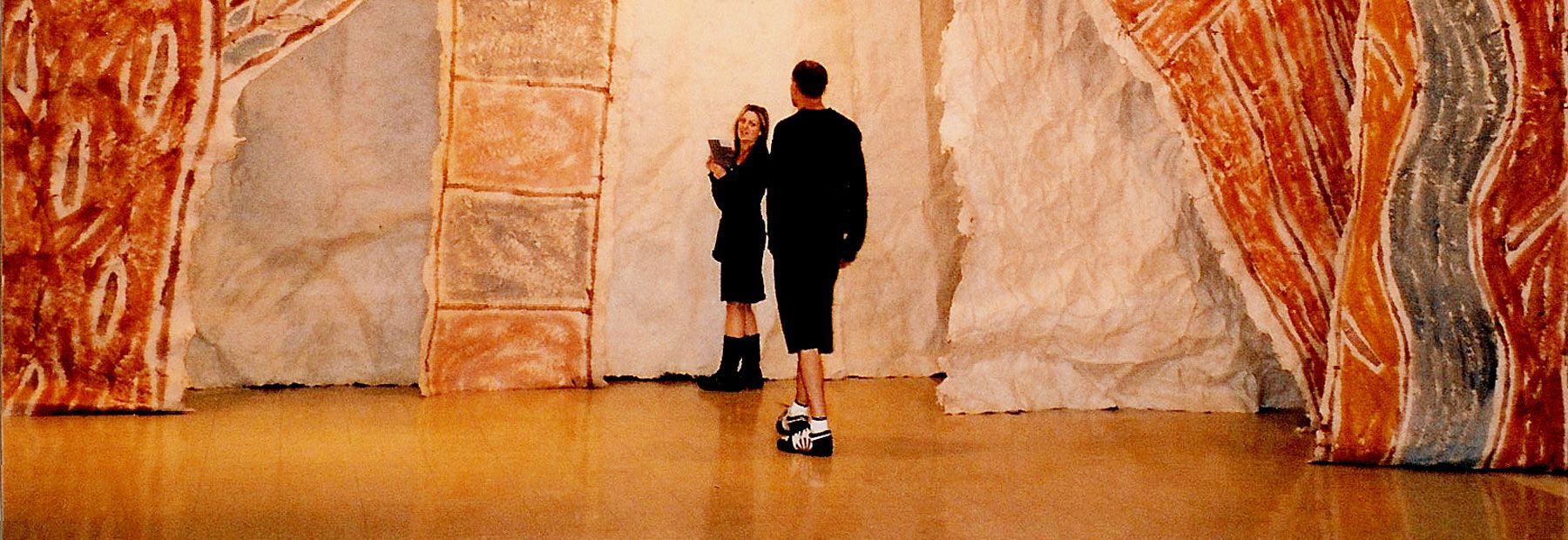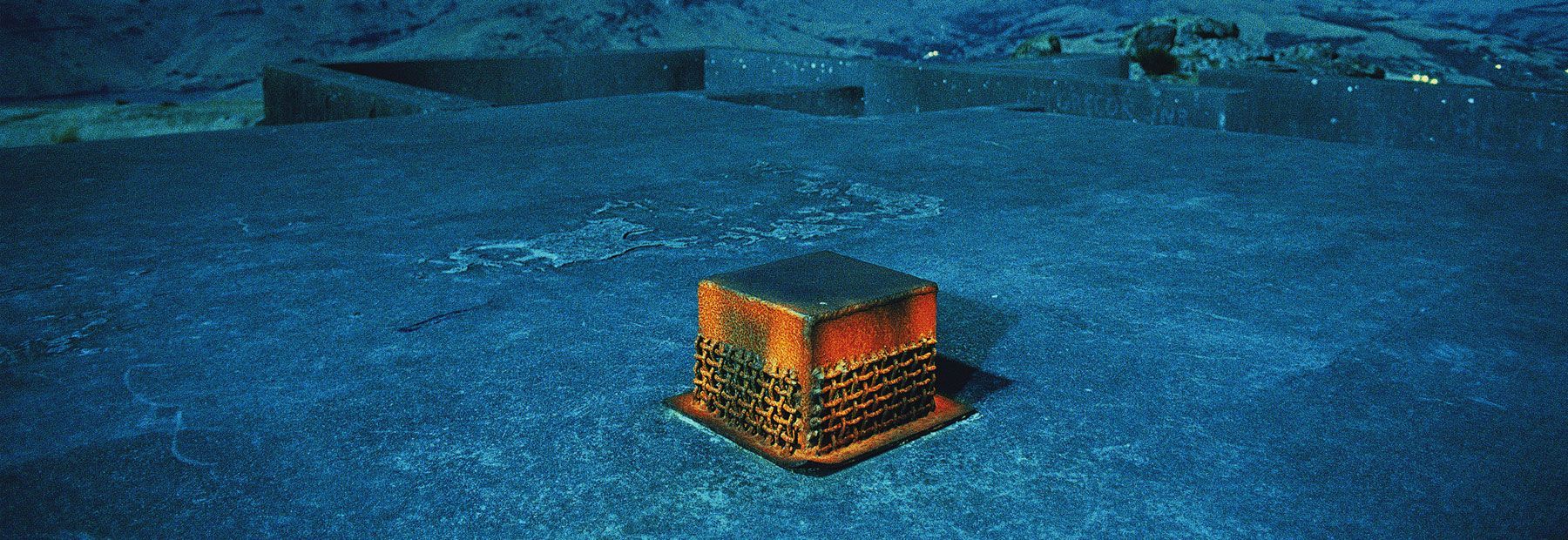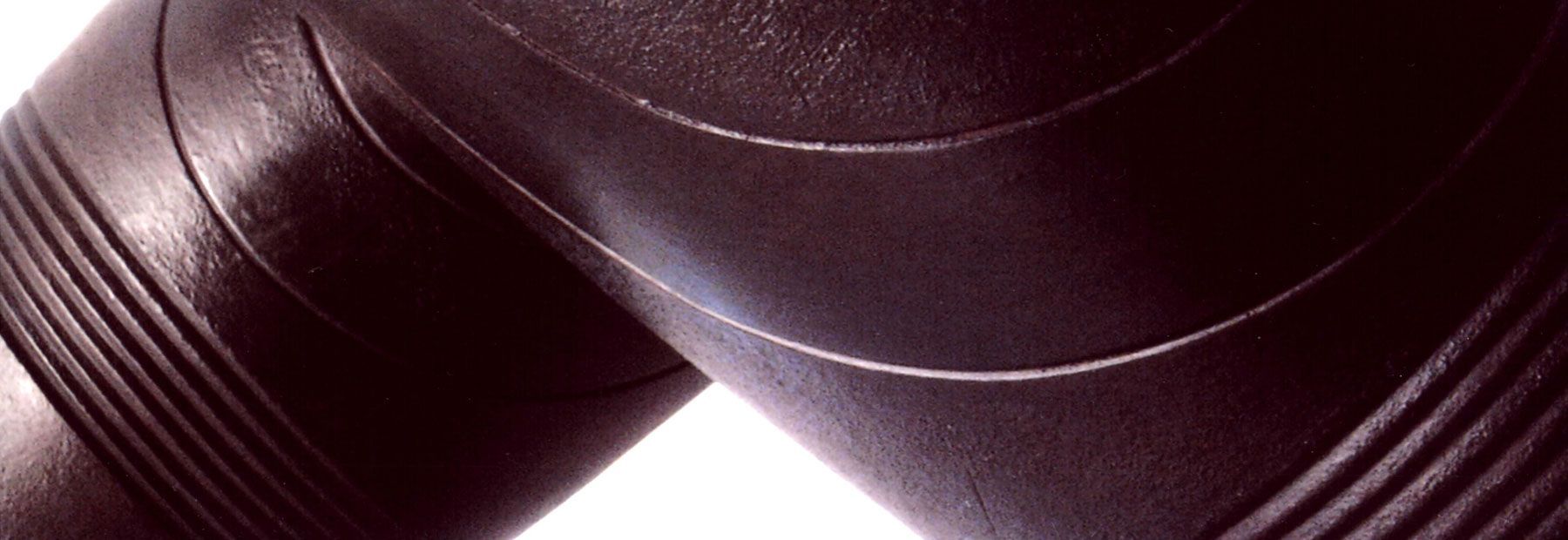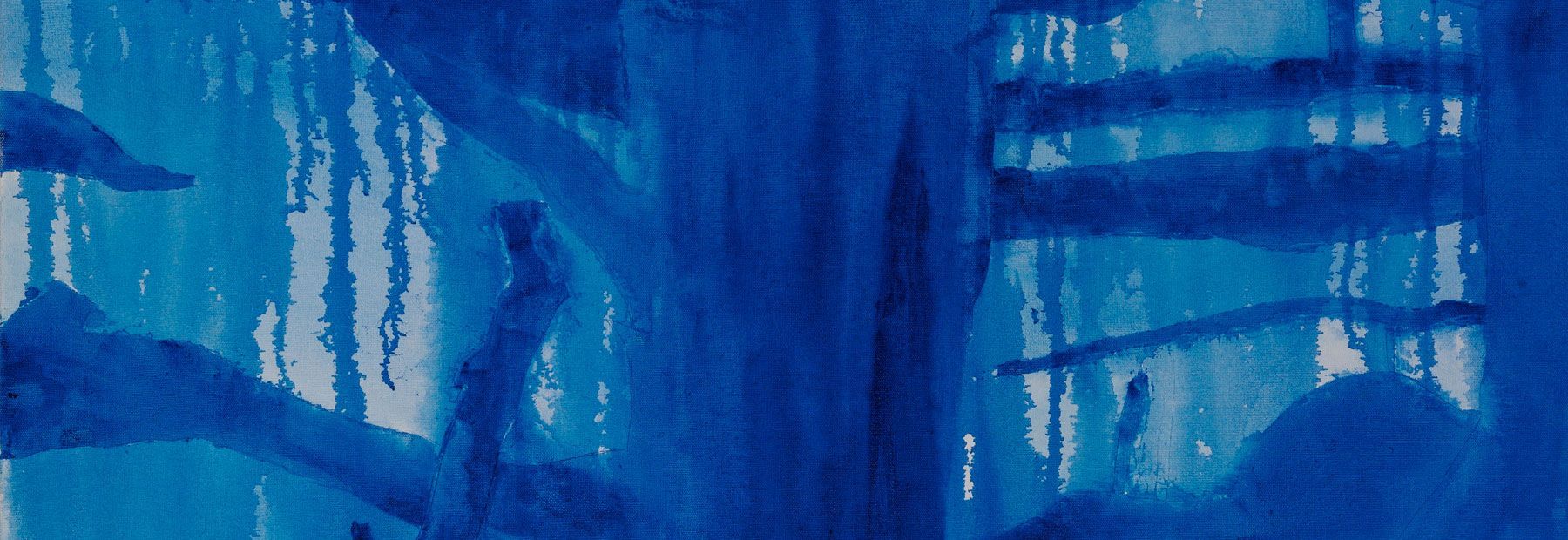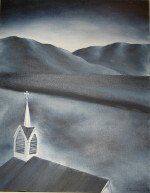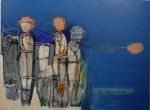Blue Horizons
A review of Jill Wordsworth's latest exhibition
Flax Cafe, Petone, Wellington
12 - 29 November 2009
The meditative qualities in Jill’s use of a monochromatic dark blue and white palette has a definite effect of making one step back to reconsider what is usually a very visual and colourful environment. Although her paintings are not depicting a nocturnal scene, the stillness and silence, as such, permeate these works, giving space and time to ponder the given.
Places such as Petone beach, Pencarrow and the surrounding hills typically situated within Wellington harbour, exposed to the vastness of the horizons and full onslaught of the elements, all provide a starting point. This is situated within the horizon line where earth and sky meet, and begins to operate not merely as a representational or pictorial device, but references and integrates the binary opposites such as light and darkness, land and sea, real and imagined, physical and spiritual—therefore becoming, primarily, a journey of the imagination, of wondering what lies beyond, dreaming, for witnessing and appreciating the ever-changing nature of light against the landscape and sea. Strong connections to the land are related to a sense of ‘home’ within these land forms.
In contrast, ‘Bird – Bellbird’, graphite on ply, and ‘Settler’s Memorial – Taita’ recall the monochrome aspects of colonial sepia-toned photographs of the 19th century, suggesting evidence of human habitation infiltrating the landscape of history— a landscape that generated a wonder at the abundant bird life that still continues today.
The aspect of emphasising physical solitude, while engaging in a larger context such as the natural environment, probably would be more potent with the inclusion of larger-scaled works. However, capturing familiar scenery and presenting it in a manner to move beyond the given is probably best echoed in the verse accompanying ‘Blue Horizons’: 'meditate on the prophet’s prayer that the earth would be filled with awareness of God’s glory as the waters cover the sea’.
Reviewed and written by Rosalie Jurczenko.


